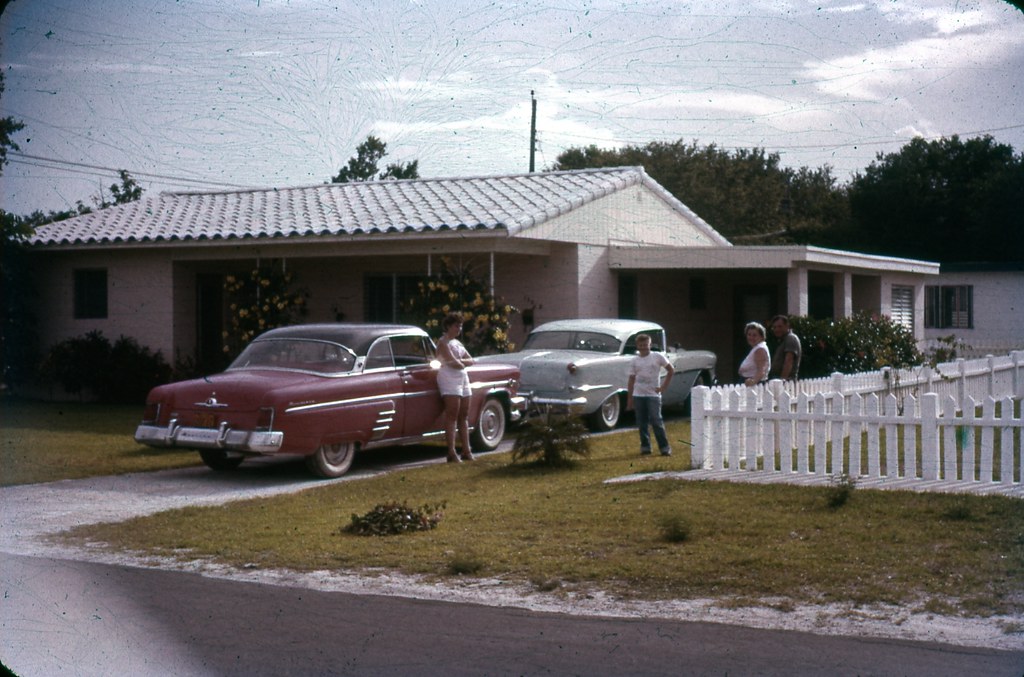What you’ll learn to do: describe the changes in American Life during the 1950s, including the rise in suburbs and other cultural shifts
Young Americans in the postwar period had more disposable income and enjoyed greater material comfort than their predecessors. These factors allowed them to devote more time and money to leisure activities and the consumption of popular culture. Rock and roll, which drew from African American roots in the blues, embraced themes popular among teenagers, such as young love and rebellion against authority. At the same time, traditional forms of entertainment, such as motion pictures, came under increasing competition from a relatively new technology, television.
The postwar American “consensus” held great promise. Despite the looming threat of nuclear war, millions experienced unprecedented prosperity and an increasingly proud national identity. A strong economy seemed to ensure ever-higher standards of living. But things fell apart, and the center could not hold.
Candela Citations
- US History. Provided by: OpenStax. Located at: http://openstaxcollege.org/textbooks/us-history. License: CC BY: Attribution. License Terms: Access for free at https://openstax.org/books/us-history/pages/1-introduction
- The Affluent Society. Provided by: The American Yawp. Located at: https://www.americanyawp.com/text/26-the-affluent-society/. License: CC BY-SA: Attribution-ShareAlike
- 1950s cars in the driveway. Provided by: Flickr Commons. Located at: https://www.flickr.com/photos/rich701/28586726490. License: CC BY: Attribution
